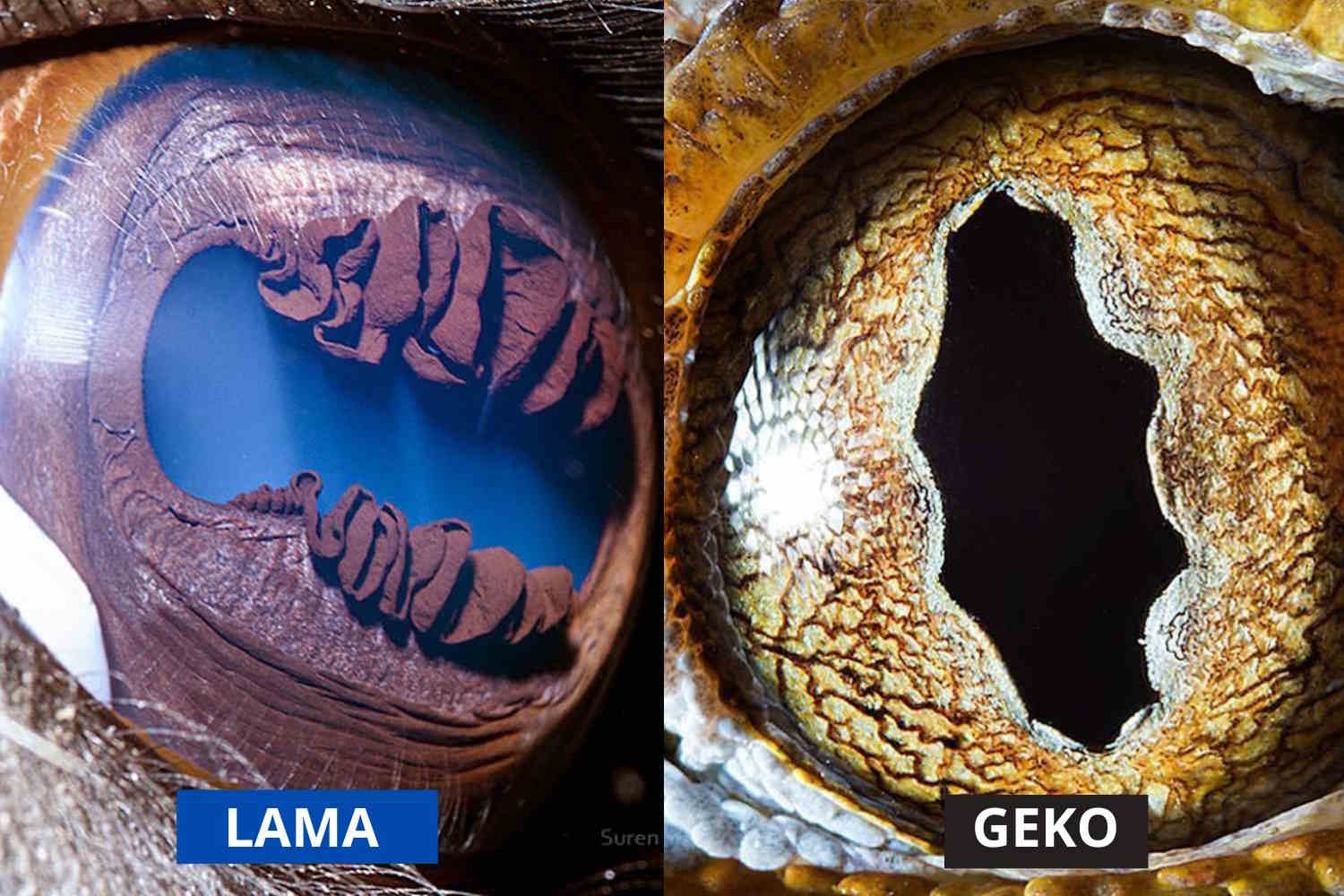Armenian photographer Suren Manvelyan captures stunning, hyper-detailed images of animal eyes, revealing hidden textures and mysteries within each gaze.

@Suren Manvelyan
Photographing animals is, without a doubt, a form of art—whether it’s the family dog, a wild predator, a minuscule insect, or a creature that could send you running in the opposite direction. But capturing an animal in a way that feels personal and distinctive? That’s something rare.
Armenian photographer Suren Manvelyan has done just that—and brilliantly so. Rather than framing the whole animal, he zeroes in on one detail: the eye.
The window to another world
There’s something mesmerizing about staring into an animal’s eye when it’s blown up in such astonishing detail. In Manvelyan’s photographs, eyes are no longer just biological organs. They become portals—rich with color, texture, and mystery. You don’t just see the animal; you almost feel like you’re looking into another universe.
“Each eye is a story,” you might think, and in Manvelyan’s case, it feels true. Crocodiles, tropical fish, monkeys, cats, dogs—no creature is left out. The gallery becomes a kind of visual bestiary, except the monsters and marvels are hidden in plain sight, behind irises and retinas.
One of the joys of following Manvelyan’s work is that he often throws out a challenge: Can you guess which animal this eye belongs to?
Take, for example, a photo that at first glance looks like an abstract painting: electric blue, green veins, and a sharply defined pupil. The texture is so intricate it resembles a cosmic map. “Looks alien,” you might think.
It’s actually a parrot.

@Suren Manvelyan
In another close-up, we see concentric rings of iridescent color surrounding a black pupil. There’s a softness to it, like velvet under glass. Believe it or not, this is the eye of a discus fish—a tropical species known more for its swimming elegance than its gaze.

@Suren Manvelyan
Then comes a familiar surprise. You might expect a simple brown eye from a common mammal, but instead, you’re met with a golden, almost fiery iris, striated with dark lines that radiate outward. It belongs to a horse.

@Suren Manvelyan
Not what you’d expect
Some eyes are just downright unusual. One, for instance, looks like a fossil under a microscope—textured like weathered stone, tinted in earthy hues. It’s the eye of a llama.

@Suren Manvelyan
Then there’s a distinctly reptilian stare—sharp, cold, and geometric. The vertical slit of the pupil and the complex surrounding patterns give it away: this eye belongs to a reptile, though identifying the species is a tougher ask. (Spoiler: It’s probably not what you think.)

@Suren Manvelyan
Each image in this ongoing project invites reflection—not just on how animals see, but how we see animals. When you zoom in that close, the boundary between “us” and “them” becomes blurred. An eye is, after all, one of the most expressive and revealing parts of a living creature. Through Manvelyan’s lens, we’re not just looking—we’re connecting.
